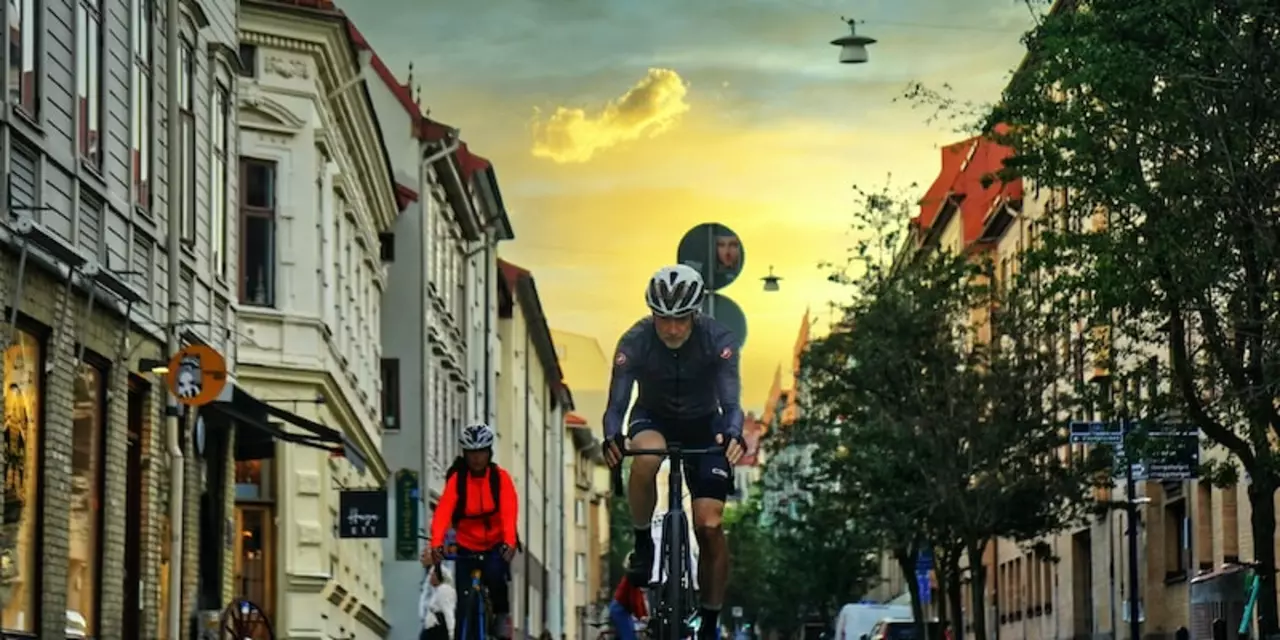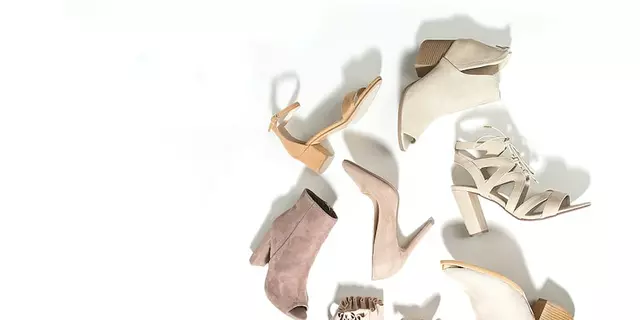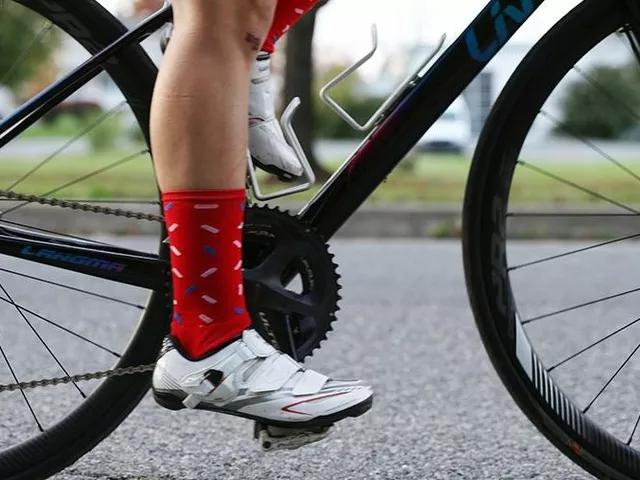Drawbacks of Cycling You Shouldn't Ignore
We all love the feeling of wind on our faces and the freedom a bike gives us. But like any hobby, cycling comes with its own set of downsides. Knowing them ahead of time helps you avoid nasty surprises and keeps the fun level high.
Safety and Health Drawbacks
First up, safety. Riding on busy roads means you’re sharing space with cars, trucks, and sometimes unpredictable pedestrians. A missing piece of reflective gear or a poorly adjusted helmet can turn a short commute into a scary encounter. Even something as simple as wearing the right gloves in winter isn’t about fashion – cold fingers reduce grip, and slippery hands increase crash risk.
Clip‑in shoes are great for power transfer, but they also demand practice. If you’re new to them, you might struggle to unclip quickly when a car brakes hard. A quick drill in a safe area can make the difference between a smooth stop and a tumble.
Health-wise, long rides can stress your lower back and knees, especially if your bike fit is off. A too‑high saddle forces you to rock the hips; a too‑low one overworks the quads. A quick bike‑fit check or a visit to a local shop can spare you months of soreness.
Cost and Environmental Drawbacks
Next, the wallet. A decent road bike, quality pedals, and proper shoes add up fast. While mountain bikes tend to be sturdier, they’re heavier and may need more frequent maintenance if you push them on city streets. That extra weight also means you burn a few more calories, but it doesn't affect the fun factor.
Then there’s the green‑wash myth. Cycling itself is low‑carbon, but the sport’s competitive side can be less eco‑friendly. Shipping bikes across continents for races, setting up temporary race infrastructure, and the production of high‑tech carbon frames all leave a carbon trail. If you care about the planet, look for local events or bike‑share programs that keep travel minimal.
Finally, equipment lifespan matters. A bike frame can last decades, but tires, brakes, and chains need regular replacement. Choosing durable components, like sturdy flat pedals for beginners, can stretch your budget and reduce waste.
Bottom line: cycling’s drawbacks aren’t show‑stoppers, just things to plan for. Invest a little time in safety gear, get a proper bike fit, and think about the environmental side of big events. By tackling these issues early, you’ll enjoy more rides, stay healthier, and keep the planet smiling.

What are the benefits of bicycling? Are there any drawbacks?
Cycling is a great way to stay active, reduce your carbon footprint, and save money on transportation. It can also help improve your physical and mental health, as well as your overall wellbeing. However, cycling can also come with some drawbacks, such as the risk of injury, the need to store and maintain the bicycle, and the need to adhere to local laws and regulations. Overall, the benefits of cycling outweigh the drawbacks and it is a great way to stay healthy, reduce your carbon footprint, and save money.
View More



